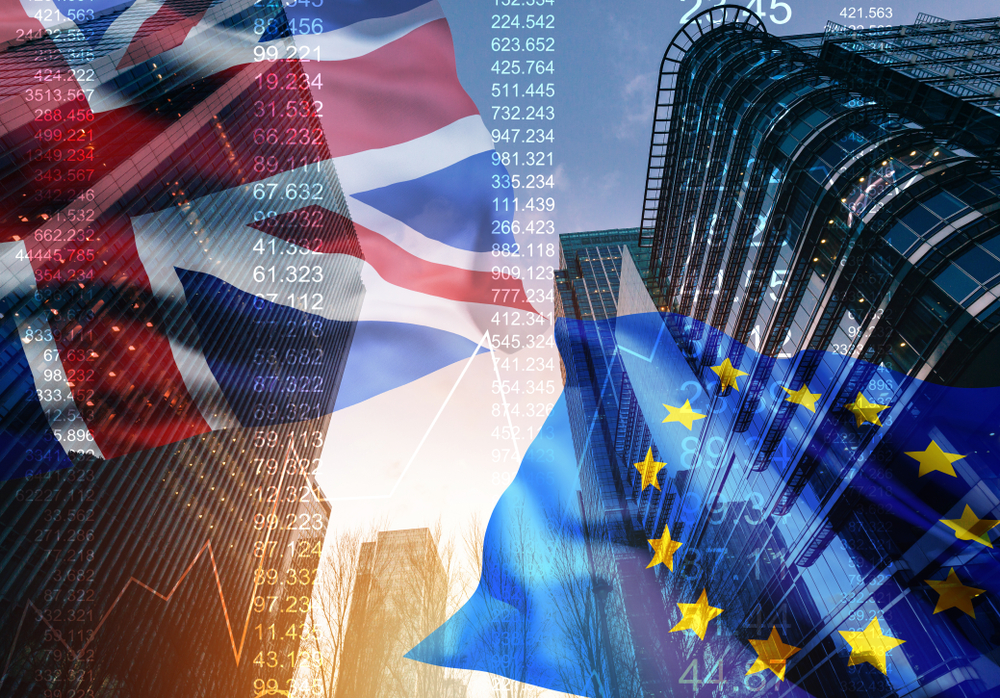
The foreign exchange markets were cruel to the British pound on Monday and into Tuesday after concerns about the Brexit process led to a loss of confidence in the currency.
Last night, the final debate was held between the two contenders to become the leader of the British Conservative Party and hence the next Prime Minister, Jeremy Hunt and Boris Johnson.
Both candidates appear to have ruled out the prospect of negotiating on the so-called “backstop” in Northern Ireland, an issue which has been a key flashpoint in the saga so far.
With perceptions that the leadership race could be taking Britain towards the prospect of a no-deal Brexit, the pound lost half a percentage point over the course of the night in its trading pair with the US dollar. It was noted at $1.2515 in this pair, which is dangerously close to a seven-month low point. The winner of the leadership election will be announced next week.
Elsewhere, the question marks over Brexit meant that the single European currency was also affected. However, its move was not nearly as bad as the pound’s – at least overnight. It saw a drop of 0.1% in the EUR/USD pair and rested at around the $1.1260 mark as trading kicked off.
It was during morning trading on Tuesday that the euro really began to suffer after a data release from Germany, which is the Eurozone’s leading economic and political power, spelled bad news.
The ZEW economic sentiment index was shown to have gone down this month, which caused the euro to lose a fifth of a percentage point in its pair with the dollar. It is now resting at around $1.1239.
The franc, which is the currency of Switzerland, mopped up some of this change and went up by the same amount in response.
In both the euro’s case and the pound’s case, the issue was exacerbated by moves from the relevant central banks. Both the Bank of England for Britain and the European Central Bank for the Eurozone have indicated that they are likely to cut interest rates. This development has had knock-on effects for the currencies and helped to drag them down in value.
The US dollar held firm over the course of the day and showed no clear signs of moving in either direction. In its pair with the safe haven Japanese yen, the dollar did not show any changes.
In the US dollar index, a dynamic tool which is used to place the greenback’s performance in context with six other major currencies from around the world, there was barely any change. The metric had shown a change of 0.13% over the course of Monday.
The next major event on the horizon for the dollar will be the meeting of the Federal Reserve central bank, which begins in two weeks on 30th July and lasts until the following day. At this meeting, policymakers on the Federal Open Market Committee are widely expected to announce rate cuts of at least 0.25% – with the potential to go as high as 0.5%.
 Between 74-89% of CFD traders lose
Between 74-89% of CFD traders lose  Your capital is at risk
Your capital is at risk  Your capital is at risk
Your capital is at risk  Your capital is at risk
Your capital is at risk